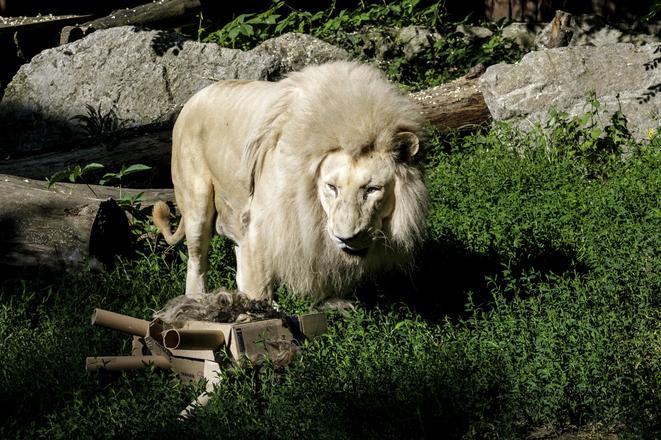In a new study, Slovak researcher Pavol Prokop, a behavioural ecologist at Comenius University in Bratislava and the Institute of Zoology of the Slovak Academy of Sciences, along with his team demonstrates that animals considered to be charismatic have an advantage when it comes to species conservation. They found that there are more studies about mammals and that people share more about them on social media compared to other groups, and that there is a correlation that the bigger the animal, the more information shared.
What are we talking about when we say "charismatic" animals?
There are many definitions, and I think they are not even completely uniform. Mostly and in general, we can imagine large animals such as land mammals, for example elephants, cheetahs and the like. The bigger the better. In principle, they are not going to be invertebrates, even if they are large. When it comes to terrestrial animals, mainly those phylogenetically closer to humans are charismatic. For example, mammals instead of birds, and fish almost not at all.
In other words, the closer they are perceived to humans the better?
Yes, the bigger and the closer to humans, the more it can be considered charismatic.

Do you know of any research that discovered what actually attracts people to these animals?
Research on charismatic animals generally found that people find them more intrinsically attractive, without being able to name the reason. They are also more empathetic towards them and more willing to protect them compared to non-charismatic animals. And it translates into real life as well. We had research where we found that mammals in zoos are more often adopted by people when compared to the rest. When you visit a zoo, you may notice tags with the names of those who adopted some of the animals.
We also found that people put more money into mammals on average and overall. We analysed all the zoos in Slovakia, so this bias is manifested itself here as well. Czech scientist also did research, stating that charismatic animals are more often kept in zoos, regardless or with less consideration of their protected status. What should have been the primary function of zoos - saving and protecting animals that have a problem with surviving in the wild - well, it's not like that. They primarily take care of animals that people like.
For what purpose?
To attract and make more money, either by people visiting the zoo or by adopting animals. The money is used to buy food and medicine, of course.
Last year we talked about your research of disgust. Does this feeling also play a role when it comes animals that people consider charismatic or not?



 We are likely to perceive some animals as more charismatic than others and we may not even know why. (source: TASR)
We are likely to perceive some animals as more charismatic than others and we may not even know why. (source: TASR)